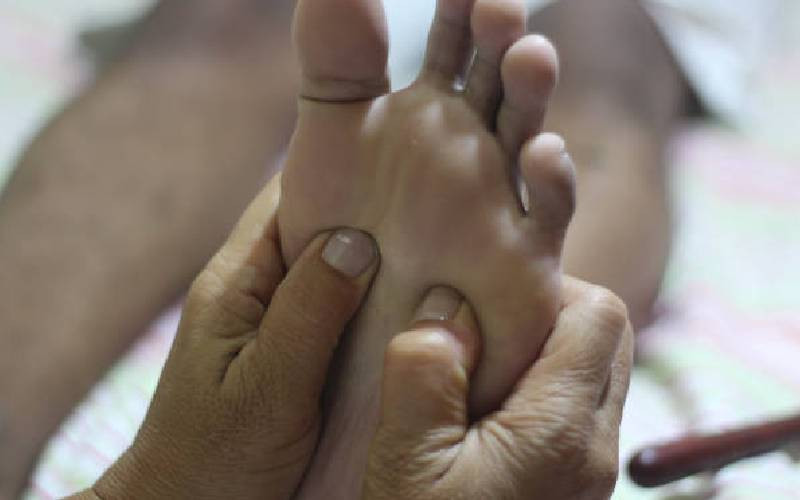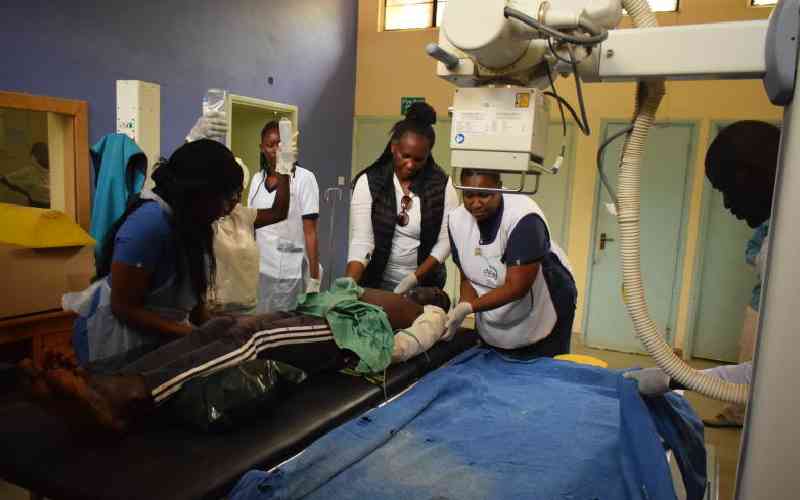Eating white rice is known to cause a sudden spike in blood sugar because it converts rapidly to sugar. This effect could lead to people overeating, thus getting exposed to Type Two diabetes, writes Dr KIZITO LUBANO
A new study from the Harvard School of Public Health shows that people who eat lots of white rice may significantly raise their risk of developing Type Two diabetes.
Harvard researchers analysed four earlier studies on white rice consumption that involved more than 352,000 people from China, Japan, USA, and Australia, who did not have diabetes.
The researchers found that after follow-up periods that ranged from four to 22 years, that almost 13,400 people had Type Two diabetes. People who ate the most rice were more than 1.5 times likely to have diabetes than people who ate the least amount of rice.
What’s more, for every 5.5 ounce serving of white rice — a large bowl — a person ate each day, the risk rose ten per cent.
Statistics indicate that Kenya has over two million adults and 25,000 children living with diabetes. Reports indicate that lack of knowledge, low level of awareness; negative attitudes and poor dietary practices have led to the upsurge of the disease in the region.
Health experts say the coastal region, where rice is considered a staple food, has the highest number of new diabetes cases. At least five new cases are reported weekly at the Coast General Hospital (CGH) in Mombasa.
This figure, which translates to 3,000 new diagnoses every year, does not include statistics drawn from other towns in the vast province. In Coast province, there is perhaps a larger consumption of white rice (pilau) and other sweetened refined foods such as halua, combined with a sedentary lifestyle.
Nutrient value
Globally, three billion people depend on rice for over half of their daily calorie intake. This is more than half the world’s population, who have made white rice a dietary staple. In local shops and supermarkets, 95 per cent of rice sold is the white variety, rather than the healthier brown.
While all types of rice are a good source of energy, white rice (polished or milled rice) contains a limited amount of micronutrients. It only has a dietary source of potassium, magnesium, and calcium, as well as copper, iron, molybdenum, manganese, zinc and geranylgeranoic acid.
The positive health-related benefits of consuming rice are for the most part limited to brown (unmilled, whole grain) rice, not white rice. Brown rice has been shown to have antioxidant, hypoglycemic, anti inflammatory, antimutagenic and cardioprotective properties.
Brown rice has been shown to reduce incidence of many common cancers including breast and pancreatic cancer.
White rice on the other hand doesn’t contain as many nutrients as brown rice, which is packed in fibre, magnesium and vitamins. The researchers said not getting enough of these nutrients could contribute to Type Two diabetes risk.
People who eat lots of rice aren’t the only ones at risk. Starchy carbohydrates such as white bread, white pasta and white potatoes are also likely have the same effect if eaten daily.
 The Standard Group Plc is a multi-media organization with investments in media platforms spanning newspaper print
operations, television, radio broadcasting, digital and online services. The Standard Group is recognized as a
leading multi-media house in Kenya with a key influence in matters of national and international interest.
The Standard Group Plc is a multi-media organization with investments in media platforms spanning newspaper print
operations, television, radio broadcasting, digital and online services. The Standard Group is recognized as a
leading multi-media house in Kenya with a key influence in matters of national and international interest.











